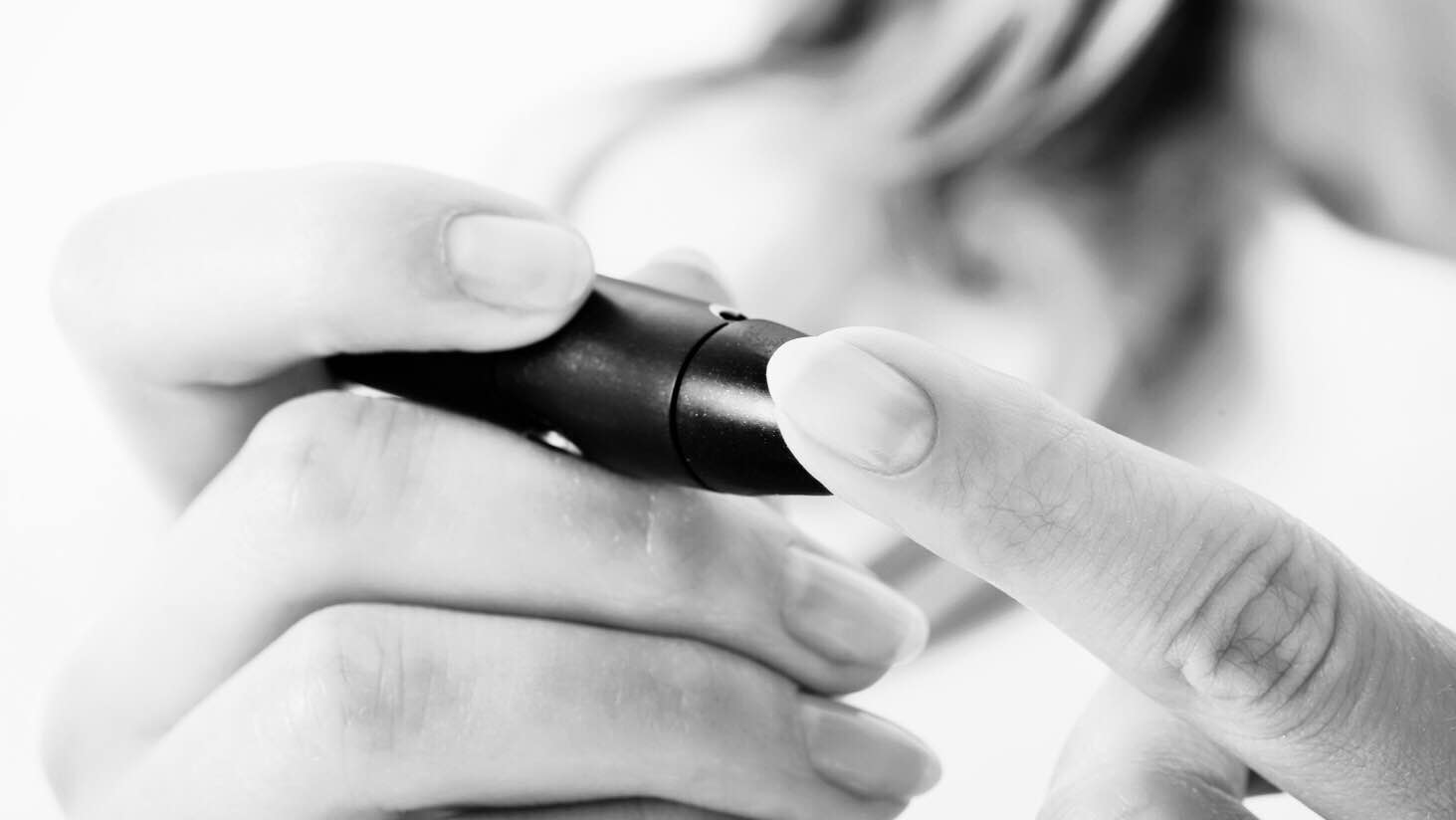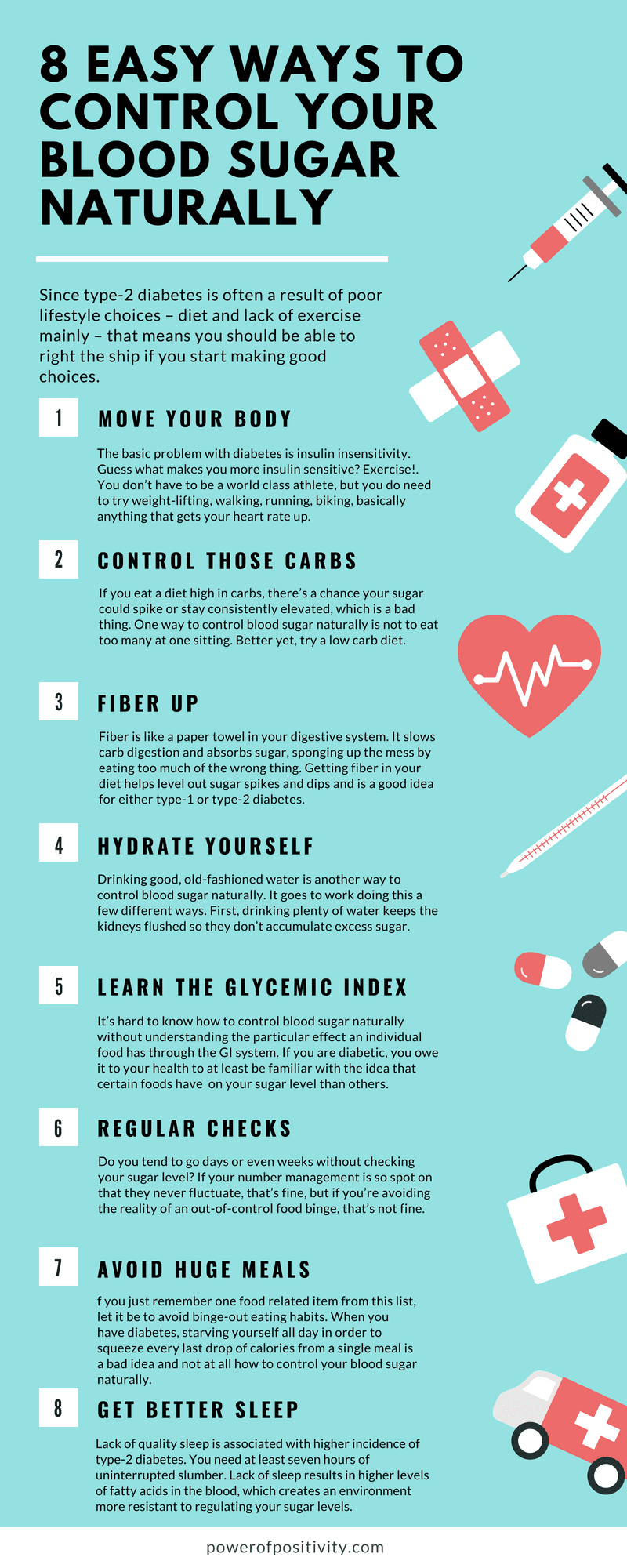Anyone who cares about their health needs to be concerned about having high blood sugar, not just diabetics. Healthy eaters give their bodies good nutrition and watch their fat and sugar intake.
We all know that sugary foods can cause a spike in blood sugar, but what other foods cause a spike, then a crash, in your blood sugar? Paying attention to the carbohydrates in your food might not be enough either.
What Contributes to High Blood Sugar?
Carbohydrates are the only nutrient that can alter your blood sugar. Protein and fat do not cause a change in your levels. Foods high in carbohydrates are likely to be high-glycemic foods, but there are other factors to consider.
Eating only low glycemic foods is also risky because you also need to account for calories, vitamins, and nutrients.
Diabetes mellitus is a disease commonly called simply diabetes in which a person has elevated levels. High blood sugar levels can cause stress on the body’s organs and lead to cell damage and health problems.
Researchers use pure sugar or white bread as a baseline for measuring the body’s response to glucose in the blood. Once you consume sugar, your blood sugar level rises quickly. The peak of this sugar high comes around 45 minutes after consumption.
Your body processes the sugar, and after the spike, the blood sugar level decreases rapidly. After eating sugar, your blood sugar returns to an average around two hours after consumption.
In contrast, when you eat foods lower on the glycemic index level, blood sugar levels rise slowly and stay level longer. Your goal is to keep your blood sugar levels steady all day while you need energy, rather than having spikes of highs and lows.
Understanding the Glycemic Load
Glycemic load is different than the glycemic index of a food. The food’s glycemic load is calculated by multiplying the glycemic index by the number of carbohydrates in grams provided by a food and dividing the total by 100.
On the glycemic index of foods, sugar is 100, and all other foods are ranked based on how they affect glycemic changes. The lower numbers have less impact on blood sugar levels than the foods with higher glycemic index numbers.
One of the problems with the glycemic index table is that it does not account for different food preparation methods in cooking or ripeness levels, which can cause changes in the food’s sugary taste and the effects on blood sugar.
Symptoms of Type 2 diabetes are frightening in that you might not know that you have a problem because they are barely noticeable. Gofitstayfit.com says approximately 8 million people may have diabetes and not know it.
Awareness of the glycemic level of the foods you usually eat is one of the best tools you can use to manage your blood sugar level. Glucose causes a spike in insulin, which the body produces to process sugar in our diet.
5 Signs You Have High Blood Sugar (And How to Reverse It)
Too much insulin produced for too long depletes the body’s ability to handle future sugar in the diet. Eventually, the pancreas stops producing insulin or can’t make enough to process the sugar in the blood. Here are five warning signs that you have diabetes and how to reverse it.
1. Thirst or frequent urination
Dry mouth, being thirsty frequently, or the opposite, which is feeling like you have to urinate frequently, are all signs that you have high blood sugar.
2. Numbness and tingling
One of the scariest side effects of diabetes is that it can lead to the amputation of the lower extremities. Toes, feet, and legs suffer from decreased circulation and the increased possibility of amputation.
3. Difficulty healing from wounds
According to the Oregon State University Micronutrient Information Center, a study ‘of over 64,000 Chinese women participating in the Shanghai Women’s Health Study, the high glycemic load was associated with a 34% increase in the risk of type 2 DM [diabetes mellitus].’
4. Blurry vision
Believe it or not, a change in the amount of glucose in the diet can significantly change your vision. Eat low glycemic foods for a week and see if you can notice a difference in your vision.
5. Irritability
Crashing from a sugar rush can make you unhappy and grouchy at other people. If friends have noticed your irritability, try cutting back on sugary treats to improve your relationship quality.
10 Foods to Improve High Blood Sugar
Here are the dietary changes that can improve your situation.
1. Low sugar fruits
If you have elevated glucose levels, you may think you need to skip fruit. Some fruits can indeed be harmful to your high blood sugar, but many are good. Healthy, low-sugar fruits regulate your blood sugar levels, maintain your blood pressure, and help to fight inflammation. It’s best to eat low-sugar fruits whole rather than processed because processed fruits contain sugar. The best fruits to eat to improve your glucose include the following:
- Blueberries
- Raspberries
- Cherries
- Grapefruit
- Peaches
- Apples (not all the time)
- Plums
- Kiwi
2. Leafy greens
Eating 1 and 1/2 extra servings of green leafy vegetables helps reduce your risk for type two diabetes by as much as 14%. Leafy green vegetables like spinach are high in antioxidants, vitamin C, polyphenols, and magnesium. Polyphenols help regulate your blood pressure and good circulation. These micronutrients lower inflammation and control your blood sugar levels. Magnesium supports muscles and nerve function, as well as your energy levels. Too low magnesium can increase your risk for type two diabetes, high blood pressure, osteoporosis, and heart disease. Leafy greens that will improve your high blood sugar include:
- Chard
- Cabbage
- Collard greens
- Bok choy
- Broccoli
- Kale
- Spinach
3. Whole grains
Whole grains are good for regulating high blood sugar. Indeed, whole grains are healthier because they take longer to digest. This process slows down your blood glucose levels, putting less stress on your body to make insulin. Whole grains contain minerals, vitamins, and phytochemicals, which help reduce your risk of type2 diabetes. The best whole grains to eat to improve your high glucose include the following:
- Steel-cut oats
- Rolled oats
- Whole-grain tortillas
- Buckwheat flour bread or crackers
- Whole rye bread
- Whole-grain cornmeal
4. Seafood
Seafood is an excellent source of protein. Protein controls your glucose by regulating it. This is because it slows digestion, which helps you feel full longer. Eating fatty fish at least once a week improves your blood sugar levels compared to leaner fish. Fatty fish that help control your high blood sugar include:
- Salmon
- Sardines
- Cod
- Mackerel
5. Dairy foods
They make dairy foods from animals that give milk, such as goats, cows, or sheep. Dairy products are high in protein, fat, and carbohydrates. Calcium, potassium, and phosphorus are the nutrients found in dairy foods. Dairy foods that are helpful to improve your high blood sugar include these dairy items:
- Greek yogurt
- Cottage cheese
- String cheese
- Edam cheese
- Brie cheese
- Reduced-fat cream cheese
6. Lean meats
If you have elevated glucose levels, you can enjoy eating lean meats as long as they are low in saturated fats and cholesterol. Fatty meats raise your blood cholesterol and can cause weight gain. When you’re overweight, it’s harder to control your diabetes. The best lean meats to choose to eat if you want to manage your glucose stability include the following:
- Fresh ham
- Canadian bacon
- Tenderloin
- Chicken-white meat with skin
- Turkey-dark meat, no skin
- Lamb
- Domestic duck or goose
7. Nuts
Eating various nuts and seeds will help you manage your glucose levels if you have high blood sugar. These superfoods contain protein, fiber, and fatty acids. Eating them is a great way to manage and regulate your glucose levels.
- Almonds
- Walnuts
- Peanuts
- Cashews
- Pistachios
- Pumpkin seeds
- Flax seeds
- Chia seeds
8. Whole fibers
If you struggle with high blood sugar, you must eat enough fiber. Low-fiber diets make you gain weight, raise your blood sugar levels and cause you to gain weight. Eat fiber-rich foods at every meal. Eat fiber-rich foods such as:
- Lentils
- Beans
- Popcorn
- Avocados
- Artichokes
- Broccoli
- Peas
9. Kimchi and sauerkraut
Kimchi is a spicy fermented cabbage native to South and North Korea. It’s supposed to be one of the best probiotics for people with diabetes. It’s low in carbohydrates and has lots of fiber. Made from Napa cabbage, ginger, garlic, and Korean chilis, Kimchi contains antioxidants and beta-carotene, compounds that help fight stroke, diabetes, cancer, and heart disease.
Sauerkraut is native to Eastern Europe cuisines. In German, sour cabbage is fermented with probiotic benefits for your gut and glucose. Not only that, but it’s packed with vitamins C, A, K, and A.
10. Other foods
Here are some rarer foods that might help you improve your blood sugar.
- Chicory seed extract: Chicory seeds could have long-term and short-term help controlling your blood sugar levels. It can help release insulin quicker and improve insulin resistance by lowering high blood sugar. Chicory has a substance called inulins, which affects your endocrine cells located in your intestines that help control your blood sugar.
- Vinegar: Drinking vinegar helps reduce blood sugar spikes for insulin-resistant people. Drinking vinegar may have the same effect as diabetes medications.
- Purple corn: Blue corn is native to Peru and Chile. It may help prevent diabetic nephropathy or kidney problems in people with type two diabetes. Purple corn contains anthocyanins, which allow these conditions.
- Prickly pear cactus: Eating prickly pear cactus lowers your blood sugar levels if you have type two diabetes.
Final Thoughts on Managing High Blood Sugar
Because you care about your body, you know it’s essential to keep an eye on your glucose levels. Eating healthy foods, especially watching your consumption of sugar and fats, is your priority. It’s a known fact that sugary foods affect blood sugar spikes, but other foods help improve your high blood sugar. Eating a lot of fiber, lean proteins, nuts, whole grains and seeds, and even some strange foods like prickly pear cactus could help you control your high blood sugar. Of course, one of the best probiotics for regulating your blood sugar is kimchi, a superfood that’s a side dish in most Korean meals. So, if you want to control your blood sugar, add these foods to your regular diet to be your healthiest and feel your best.

















 Community
Community

